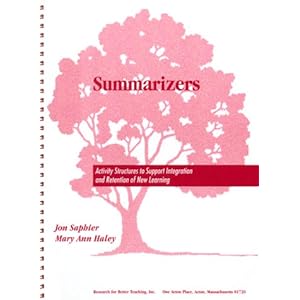- Supporting students means thinking differently about misconceptions during your lesson planning.
- Develop interventions before students fail
- What if we provided the net below the tightrope instead of being right when they fall?
- Proactive support is merely matching your teaching style to students' learning styles
- We all have the belief that ALL of our students can achieve given the right conditions.
MATH SECTION:
Specifying what students MUST know - what they already know = What we need to teach
Intervention Plan:
- Plan in place before a student fails. The plan is communicated to students, parents, and posted.
- Plan has a red flag mechanism, something that sets the ball in motion.
- Plan has steps that are immediate results of the red flag. IF_______ THEN _______
- Plan has roles and responsibilities for both the teacher and the student.
I'm Confused....
- Take steps to clear up confusion before it begins
- We know which problems they are going to get wrong, but we let them anyway.
- When students are confused it may not be for reasons we think. Listen first.
- When you run into trouble have:
- A range of explanatory options for students
- A thorough understanding of your content
ASIDE: Discovered in the chapter:
Demystify The Process!
- We tell students to study but don't teach them how to study.
- Make the process as explicit as possible
- Clearly explain the purpose of each assignment or activity, if you can't maybe you shouldn't be doing it!
- Provide all the necessary steps in written directions
- It's not "DUMBING IT DOWN" it's ensuring success.
- It's unrealistic to think students can act like experts as soon as they are introduced to new material.
Remove Supports SLOWLY!
- Tell students it's a support and that you will remove it when they are ready
- Don't change the learning task, change the supports to get students there.
- Don't change the task, change students' role in relationship to the task.
SUPPORT:
- Identify what support is intended to do, so you know when to remove it
- Look for ways to ween students off of the support
- Allow room for struggle
Interventions are for BOTH sides of the triangle:
- Often we use programs like Response To Intervention for students struggling to meet the expectation.
- We miss the opportunity to intervene with students who already "get" our material.
- Both groups, high and low, need support and interventions to ensure success.







Nice job getting the key points into manageable nuggets of knowledge. These premises are foundational for effective teaching, and they challenge all of us to think critically and helpfully about our practice.
ReplyDelete